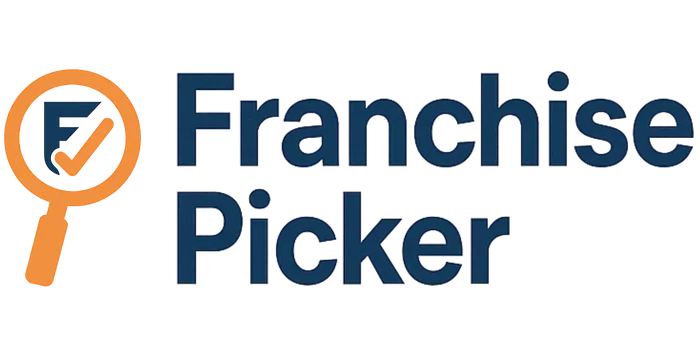
Why the Franchise Disclosure Document Is a Goldmine (If You Know Where to Look)
When it comes to buying a franchise, most rookies get excited by the brand name, the sizzle of the marketing, or the dream of "being their own boss." But they overlook the single most important document in the entire due diligence process: the Franchise Disclosure Document—commonly known as the FDD.
This legal document is not just some government-mandated formality. It's a treasure map—if you know how to read it. Hidden inside those 23 items are signals, red flags, and rare opportunities that can reveal whether a franchise will make you money… or cost you your sanity.
Let’s break it down.
What Is the Franchise Disclosure Document (FDD)?
The FDD is a standardized legal document the Federal Trade Commission (FTC) requires franchisors to provide to prospective buyers at least 14 days before signing any agreement or handing over any money.
It includes 23 items, ranging from the history of the franchisor to financial performance representations and legal trouble. It’s designed to protect buyers. But like a nutritional label on a candy bar—it only helps you if you know how to read it.
Most rookie buyers glance at the FDD and toss it to their attorney or accountant. Big mistake.
Let’s uncover the gold hidden in Items 7, 19, and the litigation section.
Item 7: Estimated Initial Investment — The Reality Check
Here’s the rookie move: They look at the total number at the bottom of Item 7 and think, “Okay, I’ll need $250k to open this thing.”
Wrong.
What you should be asking:
What’s the cash liquidity requirement?
What’s the working capital buffer?
Is the range realistic or sandbagged?
Does the brand use Item 7 to undersell the startup cost and make the franchise seem more affordable?
Pro Tip: Look at the low and high end of the estimate. If the range is wide—say, $135,000 to $420,000—that tells you either:
The brand has poor cost control, or
They serve wildly different types of locations.
Either way, ask to speak with franchisees who launched on both ends of that cost spectrum.
Also check which expenses are one-time vs. ongoing, and whether marketing or payroll expenses are understated.
Item 19: Financial Performance Representations — The Revenue Goldmine
This is where the smart money gets serious.
Item 19 is optional. Some franchisors don’t include it at all—a red flag.
But if they do include it, read it like a forensic accountant hunting for truth.
Here's what to look for:
Unit-level economics — Revenue, expenses, and profit (ideally EBITDA)
Averages vs. medians — Averages can be skewed by outliers; medians tell a truer story.
Sample size — Are they showing data for 90% of the system or cherry-picking?
Franchisee vs. corporate locations — Don’t get fooled by inflated corp-run location numbers.
If Item 19 shows gross sales only without expenses, ask: Why? What are they hiding?
If they show net income, compare it to the startup cost in Item 7. How long is the payback period? That simple math tells you whether this is a cash cow or a treadmill.
Litigation Section: The Legal X-Ray
Buried in Items 3 and 4 are the franchisor’s legal skeletons.
You’re not just looking for lawsuits. You’re looking for patterns.
Multiple franchisees suing the franchisor? Bad sign.
Terminations, non-renewals, or arbitrations? Look deeper.
Regulatory actions by the FTC or state agencies? Huge red flag.
Don’t just rely on the FDD. Google the brand name with terms like "franchise lawsuit," "franchisee complaint," or "franchise scam."
Better yet? Talk to ex-franchisees. Ask why they left.
The Secret Weapon: Validation Calls
The FDD is the pre-game. Your real education happens during validation—calling current (and former) franchisees listed in Item 20.
Use what you learned from Items 7, 19, and the litigation sections to ask hard questions:
*"How close were your actual startup costs to Item 7?"
*"Does your profitability line up with what they showed in Item 19?"
*"Was the franchisor involved in any legal issues that affected your business?"
Most buyers make validation calls without a clue what to ask. You won’t make that mistake.
Final Thought: The FDD Is a Map, Not a Guarantee
Think of the FDD like a map. A good map, yes. But maps don’t account for hurricanes, broken bridges, or potholes. The FDD shows you the terrain, but you still have to walk it.
Most buyers gloss over the FDD. Winners mine it for insights, red flags, and negotiation leverage.
The difference between a profitable franchise and a regret-filled one? Often, it comes down to whether you treated the FDD like a formality or the goldmine it truly is.

